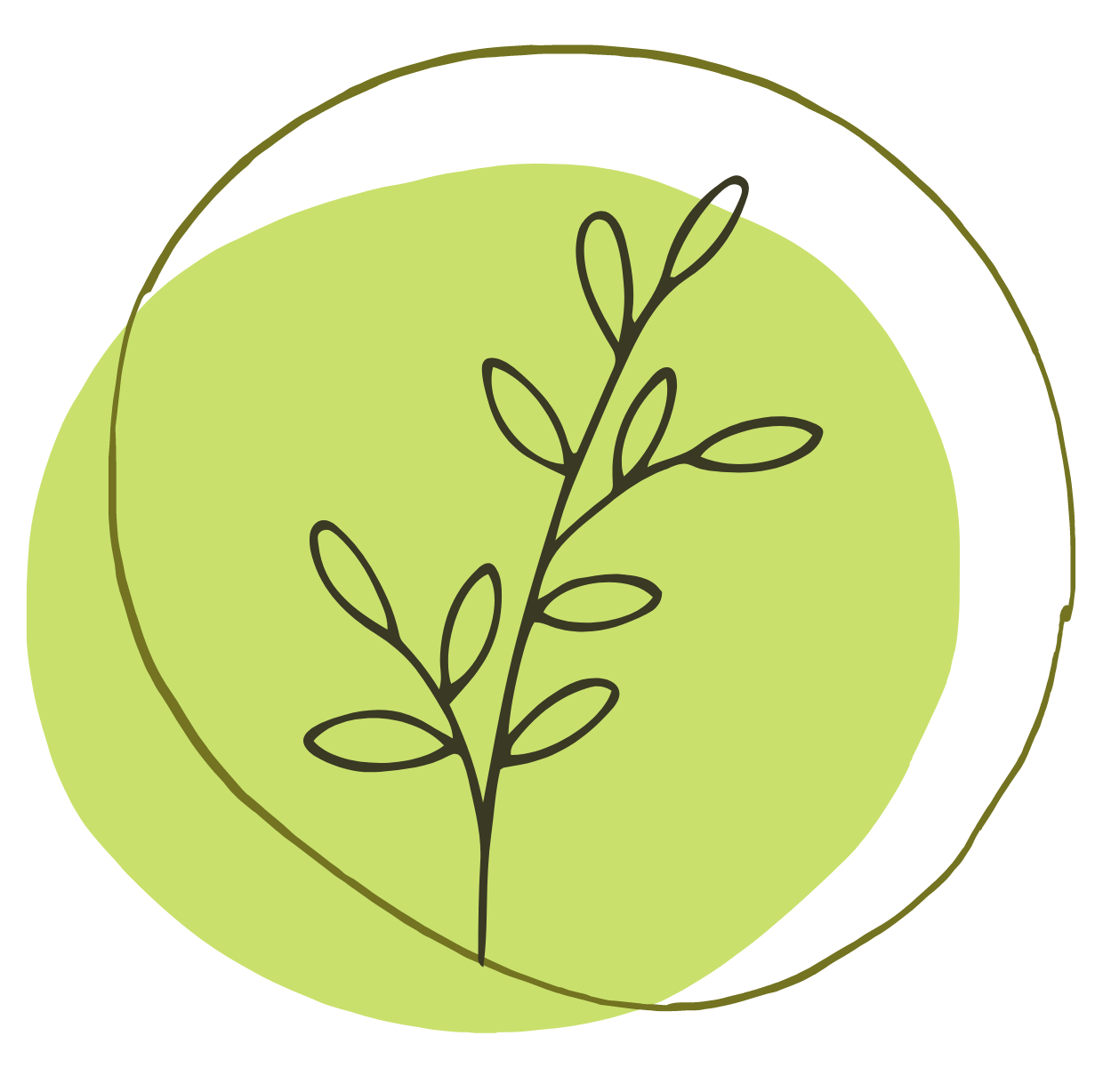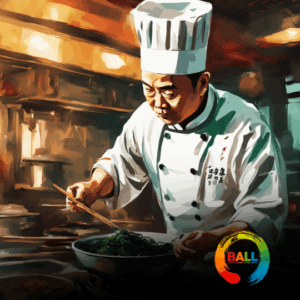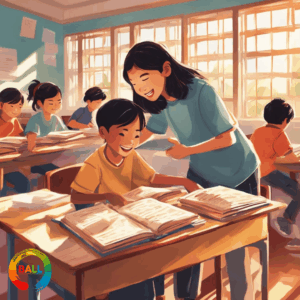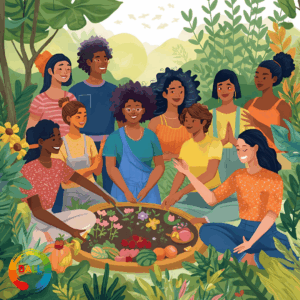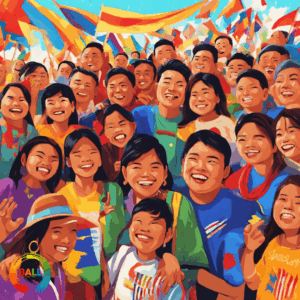Bullying remains a harsh reality for many students in today’s classrooms, and Asian American and Pacific Islander (AAPI) youth often face unique challenges. From being mocked for their language or cultural food to enduring harmful stereotypes and racial slurs, AAPI students are frequently targeted in ways that leave lasting psychological scars. According to national data, nearly 1 in 4 AAPI youth report being bullied in school, often experiencing exclusion, verbal harassment, and even physical intimidation—yet many incidents go unreported due to stigma or fear of retaliation.
Educators and caregivers play a crucial role in creating safer, more inclusive environments for AAPI students. Teachers can incorporate culturally responsive teaching, challenge stereotypes when they arise, and intervene early when they witness bias-based bullying. Parents can create open lines of communication, regularly check in about school experiences, and work with schools to advocate for stronger anti-bullying policies. Peers, too, have immense power—being an ally means standing up, speaking out, and showing empathy when someone is targeted or left out.
Everyone has a part to play in fostering a school culture of belonging and respect. When students feel safe and seen, they thrive. And when communities rally together to dismantle racism and bullying, we build stronger, more compassionate schools for all.
Key Facts:
- 23% of AAPI youth report being bullied in U.S. schools.
- Many AAPI students face bullying tied to race, language, and cultural identity.
- Only a small percentage of incidents are reported or addressed effectively.
- Bystander intervention by peers significantly reduces bullying incidents.
- Cultural stigma and pressure to “stay silent” often prevent AAPI students from seeking help.
Creating lasting change starts with listening, learning, and standing up for one another. Whether you’re a teacher, parent, or friend, your support can be the difference between isolation and empowerment. Let’s commit to building schools where every AAPI student feels valued, safe, and respected.
Read more at:https://www.cdc.gov/youth-violence/about/about-bullying.html
